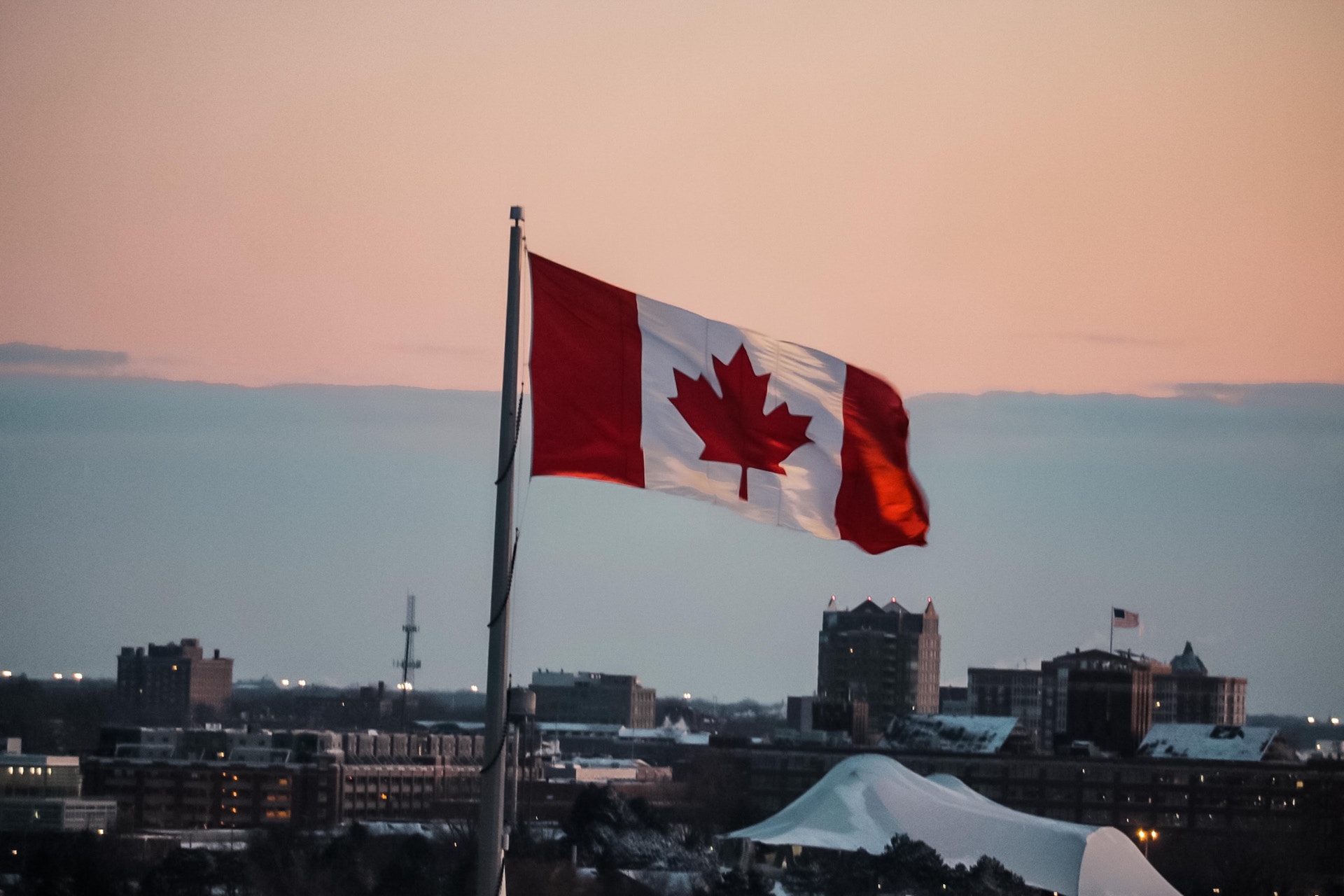





Home sales in Ontario have reached their lowest levels since the Great Financial Crisis, excluding the pandemic shutdown. The MLS Home Price Index for Ontario has fallen at an accelerating pace over the past three months, with prices dropping 1.4% in October. This has led to nearly half of local centers, including the Greater Toronto Area, Hamilton, Niagara, Barrie, and Kingston, becoming buyer's markets. The weakness in the housing market is expected to continue into next year, especially in Ontario and British Columbia. Higher borrowing costs may force more sellers to market, causing prices to decline further. The average monthly mortgage payment is projected to rise significantly by 2026. The Bank of Canada's Senior Loan Officer survey shows that credit conditions in Canada have tightened only slightly, unlike in the United States where lenders have tightened credit conditions for six consecutive quarters.
Canadian wealth is driven by housing, with nearly half of household wealth driven by housing, almost double the share seen in the U.S. in 2008. Home prices have grown up to 13 times the rate of disposable income, creating a wealth gap and making homeownership out of reach for the majority of Canadians [af5bd523]. The RCMP is monitoring the increasing financial wealth gap in Canada, particularly the lack of homeownership among young adults, as a potential pressure point. National Bank warns that real GDP per capita in Canada has been sliding for almost two years, approaching a lost decade. Toronto has added over 100,000 workers to its labor force in the past year, but the number of unemployed people has risen by 75,000. Canada ranks low on the global mental wellbeing list, with nearly 1 in 4 Canadians experiencing distress [af5bd523].
Foreign investors are selling off Canadian holdings, while domestic investors are also sending capital abroad. The Bank of Canada is likely to cut rates before the US due to a weak economy. Canadian inflation is at target when mortgage interest is excluded. There are widespread mortgage fraud allegations at HSBC Canada, leading to demands for an investigation. Canadian mortgage credit growth has slowed, but credit card debt is surging.
Canadian real estate markets are experiencing their worst downturn since the 90s recession, with slowing investment and softened demand for new housing. Over 81% of leveraged condo investors in Greater Toronto are losing money, with the majority having negative carry since 2017. The Bank of Canada made a 0.25 point cut to the overnight rate, expecting it to boost investment in real estate. However, BMO Capital Markets disagrees, stating that the bond market has already priced in the easing and fixed-rate mortgages are already lower than variable rate loans. Canadian wages are expected to slow as the market absorbs excess labor, leading to lower wage competition. Toronto office space vacancy hits a new record high, with companies reducing their footprint in the city. US new home sales declined by 7.4% in June, leading to an increase in inventory levels rarely seen outside of a recession [31890a2b].
Royal Bank of Canada (RBC) CEO Dave McKay stated at a banking conference in New York that the economies of Canada, the United Kingdom, and Australia are underperforming the United States due to softer consumer demand caused by higher interest rates. McKay mentioned that U.S. consumer debt is not being repriced due to the country's 30-year fixed-rate mortgage, while consumers in Canada, Australia, and the U.K. are being forced to renew at higher levels. Canadian banks are repricing around 15% of their existing mortgage clients, which is impacting disposable income. McKay identified mortgage payment shock as the main reason for Canada's underperformance. He also noted that the current economic cycle is unique, with consumers struggling with debt despite a high employment rate. McKay believes this unique situation is helping to engineer a softer landing for the economy [33eb1952].
Many Americans are still struggling with inflation and remain worried about the economy. Federal Reserve Chairman Jerome Powell expressed confidence that inflation is easing up, but acknowledged the need to assess if further rate increases are necessary. The American consumer, supported by a tight labor market and rising real wages, is a driving force behind economic resilience. Geopolitical tensions and uncertainty in monetary policy may impact the overall economic landscape. Mortgage rates have fallen slightly, but the combination of rising rates and home prices has slowed down sales of previously occupied homes. Prospective homebuyers and sellers should expect rates to remain close to 8% this month, with a slight decline by the end of the year. However, experts predict that rates will not dramatically drop next year, with the average rate on a 30-year fixed-rate mortgage remaining around 7% through early next year before declining to 6% by the end of 2024. Delaying refinancing could lead to homeowners paying more than necessary and facing potential repossession threats. The slower pace of job growth in the US raises questions about the Federal Reserve's monetary policy. The recent conviction of Bankman-Fried in the cryptocurrency industry highlights the need for stricter regulation. A survey found that 68% of respondents have little to no confidence in the safety and reliability of cryptocurrencies.
The Canadian economy is significantly underperforming the US economy, leading to the largest gap between the two countries on record, according to an analysis by RBC. The underperformance is attributed to the weakness of Canada's highly indebted households compared to the robust strength of American households. The gap between the Canadian and US economies is the widest on record, with Canadian per-capita real GDP falling significantly short of the US since 2019. This divergence is also reflected in the inflation gap, with Canada experiencing lower inflation compared to the US. The divergence in economic performance may require different monetary policy decisions in the near-term. The gap is primarily due to the divergence in services, as American consumers continue to spend on services while Canadian households struggle with supersized housing costs. The Bank of Canada may need to cut interest rates more substantially than the US to stimulate demand and stabilize low inflation. However, it is important to note that the current economic downturn is different from the pandemic-induced recession, and a real downturn may have different implications for the housing market. Canadian unemployment continues to climb as the population outpaces jobs, with employment growing 0.1% (+27k jobs) to 20.5 million jobs in May while the working-aged population grew 0.3% (+97.6k) over the same period—3x the rate of jobs added. The Government of Canada (GoC) is attempting to bail out real estate developers by allowing lenders to amortize certain developers' loans for up to 55 years. RBC warns that Canada's economy is falling behind the US, with rising household debts and housing costs reducing local consumption and spending. The Bank of Canada (BoC) cut its key overnight rate by 0.25 points to 4.75%, citing a slowing economy and warning of excess supply. Greater Toronto real estate is experiencing a surge of supply, with just 7,000 sales in May, a drop of 22% from last year. Greater Vancouver real estate is cooling, with existing home sales falling 20% y/y in May and new listings climbing 12.6% as more sellers looked to sell. [af5bd523] [dbf09acc] [33eb1952] [7bc06cd3] [31890a2b]
New data from the Canadian Housing Statistics Program (CHSP) at Statistics Canada (Stat Can) shows that as interest rates climbed, more new condo apartments in Canada were owned by end-users in 2022. Owner-occupants rose to the highest levels since at least 2018, while investors saw their share shrink to the lowest level over the same period. The share of owner-occupied new condos climbed 2.4 points to 43.3% in 2022, the highest since they began studying the registry data six years ago. Nova Scotia saw the largest improvement in owner-occupancy, followed by British Columbia and Ontario. However, New Brunswick saw a decline in owner-occupancy. Higher interest rates are deterring investors and putting more new supply in the hands of end-users. When interest rates were cut in 2020, investors rushed to capture more of the market, but as rates climbed, prices began to stagnate and investors moved out of the market. The Bank of Canada is trying to encourage real estate investment by cutting rates again. The goal of the government is to push prices higher, even at the expense of public stability. The government's priority is to push prices higher, even at the expense of affordable housing. The government's goal is to pull wealth from taxpayers and redistribute it to their friends. The Bank of Canada deputy governor acknowledged that low rates do the opposite when it comes to affordability. The government is failing to work against people and is focused on a heavy payday for special interest groups. The article includes comments from readers expressing skepticism about the government's intentions and the role of the Bank of Canada. [44235339]